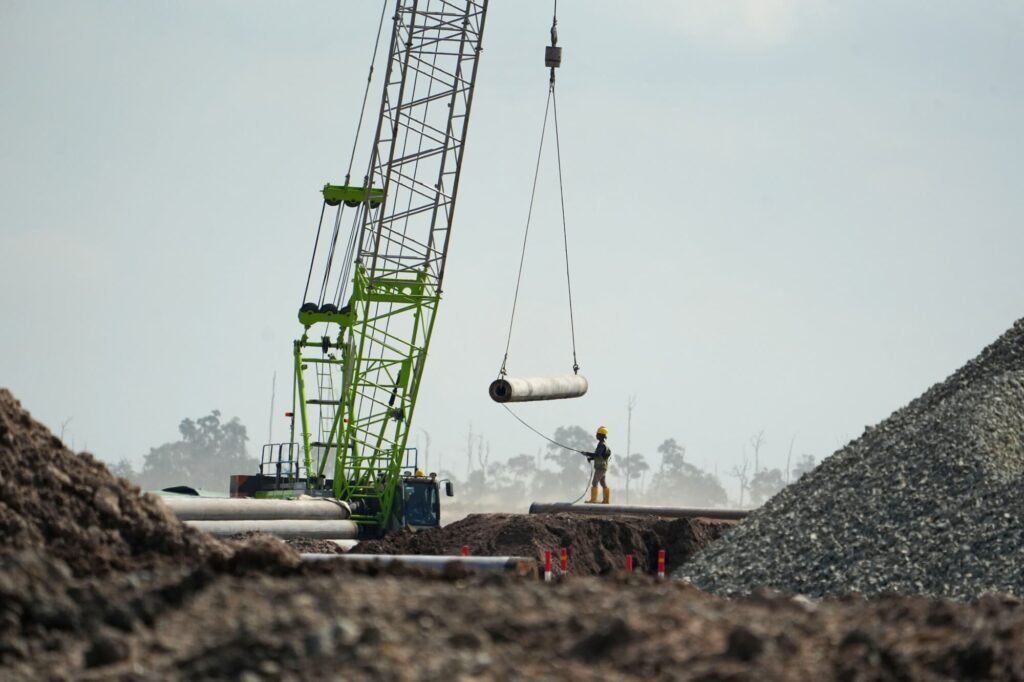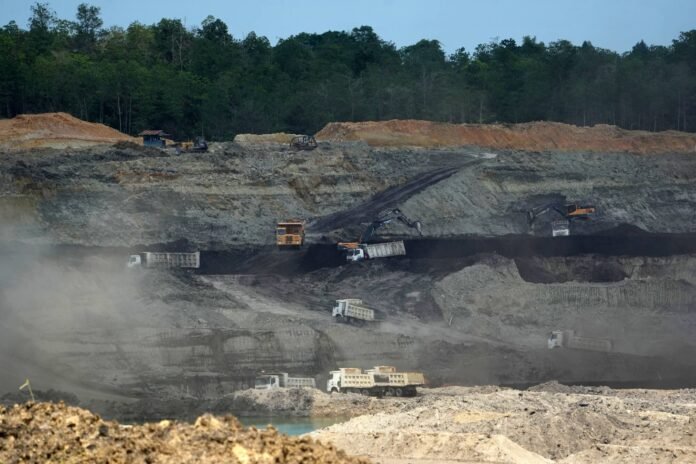This Content Is Only For Paid Member
In the race to capitalize on the electric car boom, Indonesia faces a dilemma as it heavily relies on coal for its industrial parks. The $2.6 billion hydroelectric plant project in Kalimantan, lauded for its low carbon cost, exemplifies the difficulty of balancing economic growth with limited emissions. Despite aspirations for a green transformation, the reality is that industrial estates, such as the Kalimantan Industrial Park Indonesia (KIPI), will predominantly run on coal for much of this decade.
President Joko Widodo’s development policy centers on spreading economic growth across the archipelago and leveraging mineral wealth for metal processing and electric vehicles. KIPI, a $132 billion site, is considered a transformative and green project, but its reliance on coal underscores the challenges faced by emerging economies juggling a climate emergency and economic needs.
As global efforts to phase out fossil fuels intensify, the short-term energy needs of heavy industries, particularly in emerging economies, continue to be met by coal. KIPI, housing a 1.06 gigawatt coal-fired plant, exemplifies this, supplying power to the $2 billion Adaro Minerals Indonesia aluminum smelter starting in 2025, years before renewable alternatives can take over. The economic incentive favors the fastest option, especially with policy exceptions allowing coal operation until mid-century for “national strategic” projects.

Indonesia’s significant bet on metal processing has attracted billions in investment, leading to tangible growth in export value, particularly in nickel. However, the power-hungry nature of these industries has led to a boom in captive coal power, off-grid coal plants serving industrial needs. The country now has eight times more operating captive coal capacity than a decade ago, accounting for a fifth of its coal capacity.
Despite efforts to transition, Jakarta faces challenges in aligning economic growth with climate goals. The recent $21.5 billion Just Energy Transition Partnership deal with the US aims for peak power sector emissions in 2030, net-zero emissions by mid-century, and 44% renewable energy by the early 2030s. However, the targets primarily focus on on-grid power and do not account for the dispersed, power-hungry metals processing industry reliant on captive coal power.
Indonesia’s green transition is at a crucial juncture, testing its commitment to phasing out coal. With coal being considered a bridge fuel, the challenge lies in crossing to green alternatives. Decisive steps are needed to align with global climate goals and secure Indonesia’s position as other economies advance.
The KIPI project symbolizes the urgency and complexities faced by emerging economies in transitioning to cleaner energy sources. The next few years will be crucial in determining whether Indonesia can successfully manage this transition and meet its ambitious climate targets.




